How an Expert Consultant Crushes Agency CTRs in Google Ads
- Chase McGowan

- Sep 7
- 14 min read
You're pumping money into Google Ads, but your Click-Through Rate (CTR) is flatlining. I get it. This isn't just a number to feel good about—a low CTR is actively poisoning your account, driving up costs, and tanking your Quality Score.
It’s a common story, and one I see constantly when taking over accounts from overpriced, bloated agencies. They roll out a generic, cookie-cutter playbook that gets lost in the noise. But the real issue? It's almost always a disconnect between what someone is searching for, what your ad is promising, and what your landing page is actually offering. This is a nuance that a specialist obsesses over, but a big agency often misses.
Why Your Google Ads CTR Is So Low
If you want to fix your CTR, you first have to get real about what’s broken. A low CTR is just a symptom. The disease is usually a one-size-fits-all strategy that completely fails to connect with the right audience. This is where bloated, overpriced agencies stumble time and time again; they apply the same tired tactics to every client, completely ignoring what makes your business unique.
As an independent consultant, I see the same core problems every single day. Your ads aren't failing because Google Ads is broken. They're failing because of a specific, fixable breakdown in a strategy that a specialist can identify and repair.
Common CTR Killers
I’ve audited hundreds of accounts, and the same culprits pop up again and again, especially in campaigns previously managed by large, impersonal firms:
Mismatched Keywords: You're targeting broad, high-volume terms that don't actually match user intent. Sure, you'll get plenty of impressions for their monthly report, but the clicks just won't follow.
Uninspired Ad Copy: Your headlines and descriptions are so generic they're practically invisible. They were likely written from a template by a junior account manager, blending right into the search results page instead of standing out and demanding a click.
A Glaring Lack of Relevance: This is the big one. There's a fundamental gap between the search query, the promise in your ad, and the experience on your landing page.
The real reason your CTR is in the gutter isn't some technical glitch. It's a relevance problem. Your ad is failing to convince a potential customer that you have the exact solution they need, right at that moment.
This is exactly why a personalized, expert-led approach is so critical. It’s about ditching the generic agency templates and digging into the data to understand how real people search and what makes them click.
And the potential is absolutely there. The average CTR for Google Search ads can be as high as **6.42%**, proving that when you get the strategy right, the results follow.
The image below shows a pretty typical journey—from a CTR that's dragging down performance to one that's driving real growth.

As you can see, a focused effort can do more than just get you to the industry average; it can help you blow past it.
Agency Approach vs Expert Consultant Approach to CTR
The difference in results often comes down to the difference in approach. A typical agency is trying to manage dozens of accounts with a standardized, scalable process, while a dedicated consultant can afford to go much deeper.
Area of Focus | Typical Agency Approach | Expert Consultant Approach |
|---|---|---|
Keyword Strategy | Targets broad, high-volume keywords to inflate impression numbers. | Focuses on long-tail, high-intent keywords that actually convert. Builds extensive, tiered negative lists. |
Ad Copy Creation | Uses templates and Dynamic Keyword Insertion (DKI) for most ad groups, often written by junior staff. | Writes unique, benefit-driven copy for each ad group, tailored to the searcher's psychology. |
Testing & Iteration | Runs A/B tests on headlines but rarely digs deeper. Relies on automated suggestions. | Implements a structured, relentless testing framework for copy, extensions, and landing pages. |
Relevance | Ensures basic keyword-to-ad relevance to check a box. | Obsesses over the entire chain: search query -> keyword -> ad copy -> landing page. |
Reporting | Sends a standardized monthly report with top-level metrics that look good but lack substance. | Provides deep analysis, connecting CTR changes directly to strategic actions and your business goals. |
The agency model isn't necessarily "wrong," but it's built for scale and their profit margins, not for nuance and your results. An expert consultant's value is in providing that deep, strategic thinking that generic processes simply can't replicate.
Now, let's unpack the specific, battle-tested strategies that I use to consistently outperform that standard agency model.
Crafting Ad Copy That Demands a Click

Think of your ad copy as your digital storefront sign. If it’s bland or confusing, people walk right past. This is where big, bloated agencies consistently drop the ball. They hand off copywriting to junior staff or, even worse, automated tools that churn out cookie-cutter ads that don't connect with anyone.
Weak copy means you’ve lost the click before the battle even begins.
As a dedicated consultant, I treat ad copy as the heart of every campaign. It’s not about just stuffing keywords into a template. The real magic is in crafting a message that speaks directly to a searcher's immediate pain point or desire. My framework is built around writing compelling, benefit-driven copy that makes clicking your ad the most obvious next step.
Tapping into Psychological Triggers
To really move the needle on CTR, we have to go deeper than just listing product features. The most effective ad copy pulls on powerful psychological triggers that motivate people to act—a level of detail that standardized agency processes almost always miss.
Instead of just saying "Durable Work Boots," we need to connect on an emotional level.
Here are the core triggers I build my ad copy around:
Urgency: Phrases like “Limited-Time Offer” or “Sale Ends Friday” create a powerful fear of missing out. People are far more likely to click now if they think the opportunity will disappear.
Social Proof: Mentioning things like “Join 10,000+ Happy Customers” or showcasing a “5-Star Rated Service” builds instant trust. It’s a clear signal that others have already made the right choice by choosing you.
Exclusivity: Offering something unique, like “Get Your Free Custom Quote” or “Access Our Members-Only Deals,” makes the searcher feel special. It gives them a compelling reason to choose your ad over a dozen others just like it.
The goal isn't just to describe what you sell. It's to solve the searcher's problem right there in the headline and then convince them in the description that your solution is the best one. It’s a subtle but critical shift in mindset that separates expert strategy from agency routine.
From Features to Benefits
One of the most common mistakes I see is ad copy that lists features instead of selling benefits. It's a classic error. A feature is what something is (e.g., "waterproof lining"), while a benefit is what the customer actually gets (e.g., "Keep Your Feet Dry All Day").
For instance, a typical agency might write a headline like "Model X-500 Lawn Mower." My approach as a specialist is to transform that into something like, "Get the Perfect Lawn in Half the Time."
See the difference? The first is a boring feature; the second is a powerful benefit that solves a real problem. We’re not selling a product; we're selling a better outcome. This focus on benefits is central to [how to improve click-through rates in Google Ads](https://www.cometogether.media/single-post/how-to-improve-click-through-rates-in-google-ads) because it directly answers the searcher’s unspoken question: "What's in it for me?"
By zeroing in on these core principles, I've seen clients double or even triple their CTR. We’ll shift your campaigns from generic descriptions to powerful calls-to-action that turn passive searchers into active customers.
Targeting Keywords with Surgical Precision

Here’s a classic, costly mistake I see agencies make all the time: chasing broad, high-volume keywords just to pad their impression stats. It looks great on a generic report, but in reality, your CTR plummets and your budget evaporates on clicks that will never convert.
Even the most compelling ad copy will completely miss the mark if it’s shown to the wrong audience.
My approach isn't about getting the most impressions; it's about getting the right impressions. This demands surgical precision, not a brute-force attack on every vaguely related keyword. It all starts with a deep, practical understanding of user intent—something an individual expert lives and breathes.
Decoding User Intent
Not all searches are created equal. A user’s query tells you exactly what they want, and if you want to earn the click, your ads have to align perfectly with that intent. Big agencies often just lump keywords together, but a specialist meticulously separates them based on what the searcher is actually trying to accomplish.
Informational Keywords: These are your "how-to" or "what-is" searches (think: "how to fix a leaky faucet"). The user is in research mode, not purchase mode. Bidding aggressively here is one of the fastest ways to waste money, even though it can be valuable for top-of-funnel content.
Navigational Keywords: Here, the user is looking for a specific site or brand ("Home Depot website"). Trying to bid on a competitor's brand name can be a viable strategy, but it’s expensive and requires careful execution to avoid just burning cash.
Transactional Keywords: This is where the magic happens. Searches like "emergency plumber near me" or "buy waterproof work boots" scream purchase intent. These are the high-value keywords that a focused consultant always prioritizes over vanity metrics.
The type of query has a direct and massive impact on your CTR. For instance, one study revealed that between 2022 and 2023, CTR for informational queries actually fell by about 3%. On the other hand, commercial queries with words like 'price' or 'buy' saw CTRs jump, with a 4.76% rise on mobile for top results. To really dig into these trends, you can explore the full click-through rate analysis.
Building Hyper-Relevant Ad Groups
Once we’ve sorted out intent, the next job is to build tightly structured ad groups. This is another area where many agencies get lazy, stuffing dozens of loosely related keywords into a single ad group served by one generic ad. The result is a total mismatch between the search and the ad.
A hyper-relevant ad group should feel like a perfect conversation. The user asks a specific question with their search, and your ad provides the exact answer, leading them to a landing page that seamlessly continues that conversation.
My process involves creating small, intensely focused ad groups—sometimes with just a single keyword—to guarantee that perfect match between the search query, the ad copy, and the landing page. This kind of precision is fundamental when you want to learn how to choose the right keywords for high-impact ads.
Finally, I aggressively build out negative keyword lists. This is a non-negotiable step that acts as a bouncer for your budget, filtering out irrelevant searches before they can cost you money. It's detailed, time-consuming work that a specialist takes pride in, but agencies often neglect.
If you sell premium running shoes, you absolutely don’t want to pay for clicks from people searching for “cheap running shoes” or “running shoe repair.” This simple act of exclusion ensures your ads are only shown to the most qualified searchers, and it's one of the fastest ways to boost your CTR.
Use Ad Extensions to Dominate the Search Results
If you're looking for a way to improve your CTR with minimal effort, ad extensions are it. Seriously. They're probably the most underutilized tool in the entire Google Ads platform.
So many process-driven agency teams completely ignore them, or just stick to the absolute basics to check a box. This is a massive mistake. Ad extensions are free real estate on the search results page. They make your ad bigger, more informative, and far more clickable.
While a lazy agency might add one or two and call it a day, I treat extensions as a strategic weapon. The goal is to maximize an ad’s footprint and completely dominate the SERP.
The Essentials Every Campaign Needs
Think of extensions as adding extra rooms to your house. Each one provides more value and gives people more reasons to come inside. A generic agency might just set up sitelinks and move on, but a focused consultant crafts a full suite of extensions that all work together.
These are the non-negotiables for any campaign I run:
Sitelinks: These are extra links to specific pages on your site. Don't just link to "About Us" or "Contact." Use them strategically to push users toward high-value pages like "Get a Free Quote," "View Case Studies," or "Shop Our Best-Sellers." You're guiding the user's journey before they even click.
Callouts: These are short, punchy, benefit-driven snippets of text. Ditch the generic phrases like "Great Service." Use this space to highlight what actually makes you different: "24/7 Customer Support," "Free Next-Day Shipping," or "15+ Years of Experience."
Structured Snippets: These let you highlight specific aspects of your products or services under predefined headers like "Services," "Brands," or "Types." This is a fantastic way to pre-qualify clicks by showing users exactly what you offer before they click.
A well-executed extension strategy is a clear signal to both Google and your potential customers that you are a serious, authoritative presence. It’s an easy win that lazy or overworked agency account managers consistently leave on the table.
Advanced Extensions That Drive Real Action
Beyond the basics, there are a handful of advanced extensions that can provide a significant CTR lift. Large agencies often don’t bother with these because they require more customization than their templated approach allows. For me, as a dedicated specialist, they’re standard practice.
We can add image extensions to grab visual attention, making your text ad impossible to ignore in a sea of competitors. If you have a sale or special deal running, promotion extensions create a sense of urgency with a bold "Special Offer" tag.
But perhaps the most powerful tool is the lead form extension. This allows users to submit their information and become a lead directly from the search results page. Think about that—you're capturing high-intent leads instantly by removing all the friction of a landing page. This is a tactic that requires the kind of hands-on management that individual specialists excel at.
By layering these powerful tools, we can transform a standard text ad into an unmissable, interactive experience that drives real results.
How Relentless Testing Unlocks Sustainable Growth
The real difference between a good campaign and a great one isn’t some secret formula—it’s a commitment to relentless testing. This is where big, process-driven agencies often drop the ball. They launch a campaign, set it to "auto-pilot," and move on. But a true consultant knows that launch day is just the starting line.
This constant cycle of improvement is what separates the genuine experts from account managers who are just going through the motions. You have to treat every ad, every keyword, and every click as a data point in a never-ending experiment to find what truly connects with your customers.
The A/B Testing Mindset
Effective testing isn't about throwing a bunch of ideas at the wall and hoping something sticks. It’s a disciplined, methodical process of isolating one variable at a time to get clean, actionable data. Big agencies often lack the time or the specialized focus to run these granular tests, so they opt for broad changes that just muddy the results.
My approach as an individual expert is different. To really understand how to move the needle on CTR, you have to test one thing at a time.
Isolate Headlines: Run two ads that are absolutely identical except for the headline. You could test a benefit-driven headline ("Get Flawless Lawns Fast") against one that hits a pain point ("Tired of Weeds?").
Test Descriptions: Keep the headlines the same, but switch up the description. Does a call-to-action with social proof ("Join 10,000+ Happy Customers") outperform one highlighting a feature ("Includes Free Mulching Kit")?
Experiment with Emotional Triggers: Pit logic against emotion. A headline that screams about a discount might perform very differently than one that promises peace of mind.
This isn't just about playing with words. It's a data-driven dive into customer psychology. Each test uncovers a small insight that, when you stack them up over time, leads to massive, sustainable growth.
Beyond Ad Copy: The Landing Page Impact
While your ad copy is what earns the click, the landing page experience has a huge impact on your Quality Score. Google wants to see a seamless, logical connection between the promise you make in the ad and the content on the page.
If people are clicking your ad and then immediately bouncing from your landing page, it sends a powerful signal to Google that your ad is irrelevant. This can tank your ad rank and, you guessed it, your CTR.
Testing landing page elements—like the headline, hero image, and call-to-action—directly improves that user journey. This tells Google you’re delivering a relevant result, which helps boost your ad position. The value here is immense; one study shows the #1 organic result gets 27.6% of all clicks, which is about ten times more than the result in the tenth spot.
This holistic view—testing everything from the ad to the landing page—is a core reason [an expert consultant slashes customer acquisition costs](https://www.cometogether.media/single-post/how-an-expert-consultant-slashes-customer-acquisition-cost-that-agencies-can-t) in ways that formulaic agencies just can't. It’s this relentless pursuit of small, incremental gains that turns an average campaign into a profit-generating machine.
Answering the Tough Questions About Google Ads CTR
After years of digging into messy Google Ads accounts, I’ve seen the same questions pop up over and over. These are the sticking points that trip up business owners, often because the answers they get from big, impersonal agencies are just plain lazy.
Let’s cut through the noise. Here are the direct answers you actually need.
What’s a “Good” CTR for Google Ads, Really?
This is one of the most misleading questions in all of digital marketing. Why? Because a "good" CTR is entirely dependent on your industry. The overall average CTR for search ads hovers around 6%, but that number is practically useless on its own.
Think about it. An e-commerce store in the Arts & Entertainment world might easily see CTRs north of 13%. On the other hand, a hyper-competitive space like legal services might celebrate hitting 4%. An agency will just show you a benchmark chart and call it a day. That's not a strategy.
The only benchmark that truly matters is your own. The goal isn't to hit some generic industry average; it’s to consistently and systematically beat your past performance. My focus as your consultant is always on improving your numbers, because a high CTR on a junk keyword is just a vanity metric. A solid CTR on a keyword that drives sales? That's what actually moves the needle.
How Does Quality Score Tie into CTR?
Quality Score and CTR are locked in a powerful feedback loop. It's a cycle you either feed or starve.
A high CTR is one of the loudest signals you can send Google that your ad is a great match for the searcher's query. This relevance is a massive chunk of your Quality Score.
When Google sees people are clicking your ad, it rewards you with a higher Quality Score. That, in turn, gets you better ad positions and lower costs-per-click. And what happens when you have a better ad position? You guessed it—an even higher CTR.
This positive cycle is the engine that drives campaign efficiency. It’s why my first priority is almost always improving CTR—it creates a ripple effect that makes every other part of your account perform better and more profitably. Agencies that overlook this are leaving money on the table.
Does a Higher CTR Always Mean More Conversions?
Not a chance. And this is a critical mistake that costs businesses a fortune, especially when they're being advised by agencies focused on superficial metrics.
It’s surprisingly easy to write a clickbait ad that gets an incredible CTR but attracts completely unqualified traffic. The result? You torch your budget on clicks that were never going to convert in the first place.
The real goal isn't just to get any click; it's to earn the right click. My entire approach is built around what I call "Conversion-Driven CTR"—attracting clicks from searchers who have clear purchase intent. I’d take a slightly lower CTR from a hyper-qualified audience over a sky-high CTR from window shoppers any day of the week.
So, Why Not Just Hire a Big Agency?
This is the most important question of all. When you sign on with a massive agency, you're paying for their high-rise office, their layers of management, and their bloated overhead. Your account gets handed down to a junior manager who’s just following a one-size-fits-all playbook.
As a solo consultant, my name and reputation are on the line with every single client. You get direct access to me—the expert who will actually dive deep into the unique challenges and opportunities of your business. I build custom strategies from the ground up, something a rigid, inflexible agency structure simply can't do.
It comes down to this: more agility, better communication, and a campaign relentlessly optimized for one thing and one thing only: your bottom line.
Ready to stop paying for overhead and start paying for expertise? Come Together Media LLC offers the specialized, one-on-one Google Ads consulting that oversized agencies can't match. Book a free, no-obligation consultation today and let’s build a strategy that delivers real results.




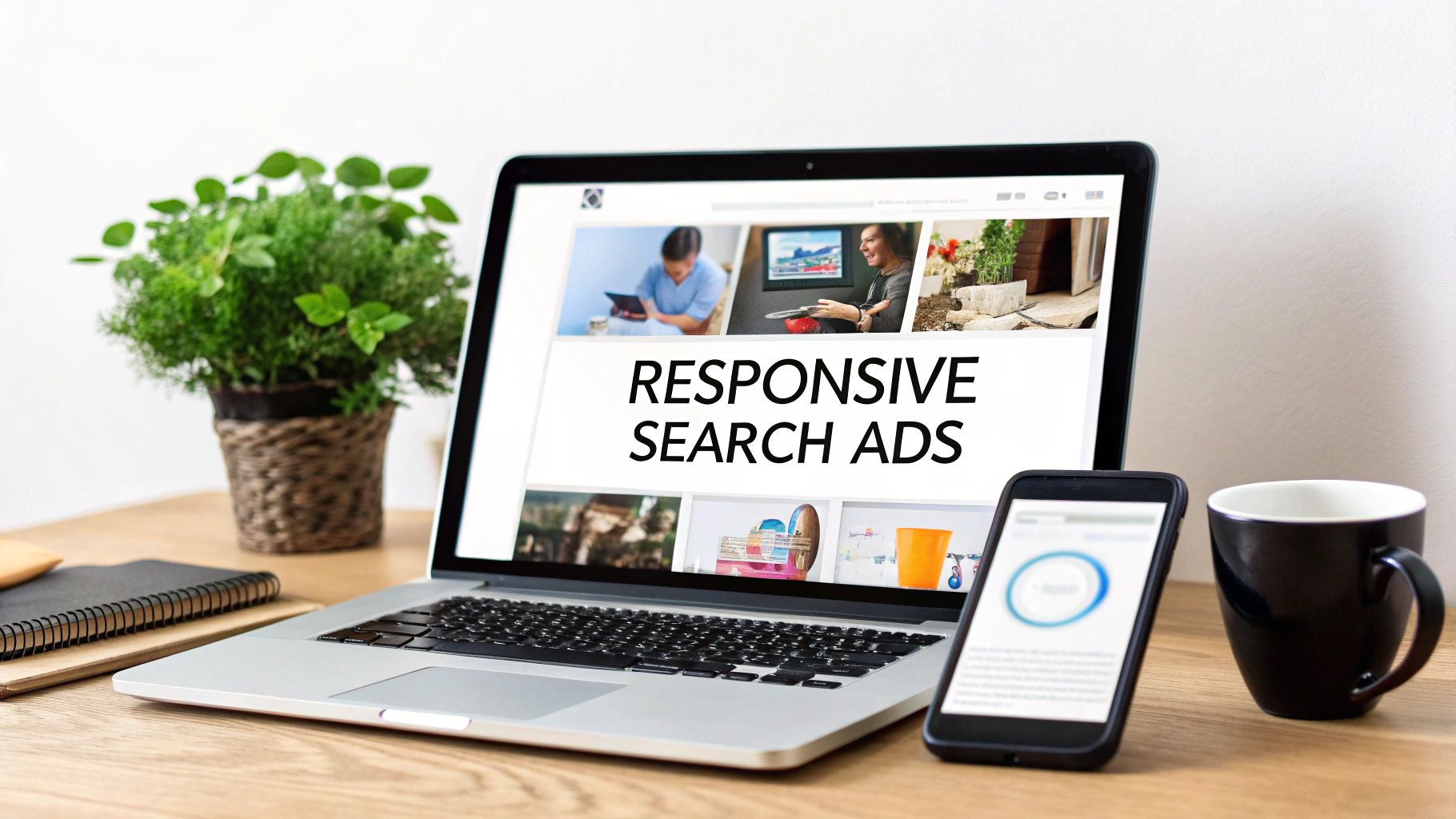
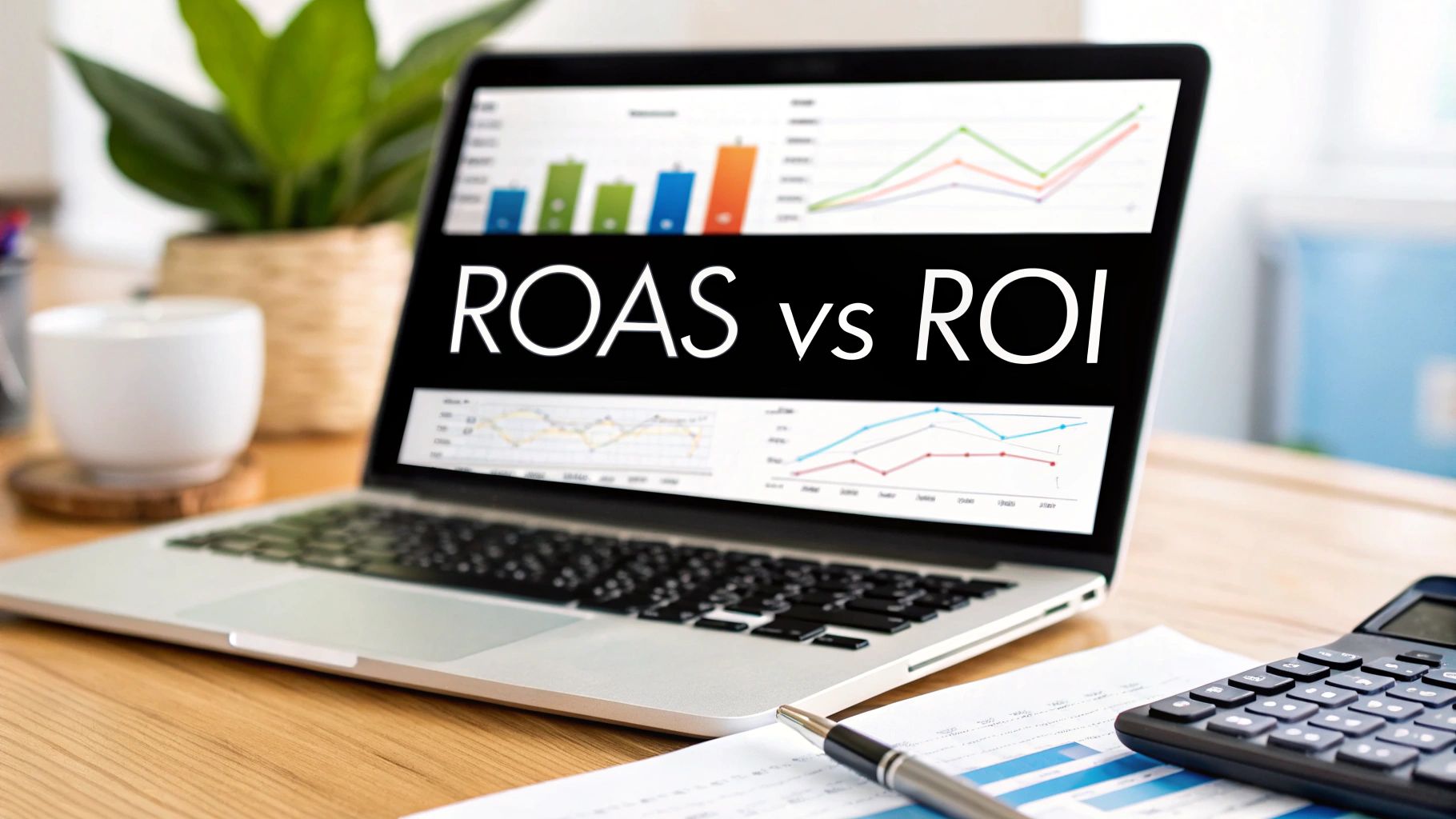
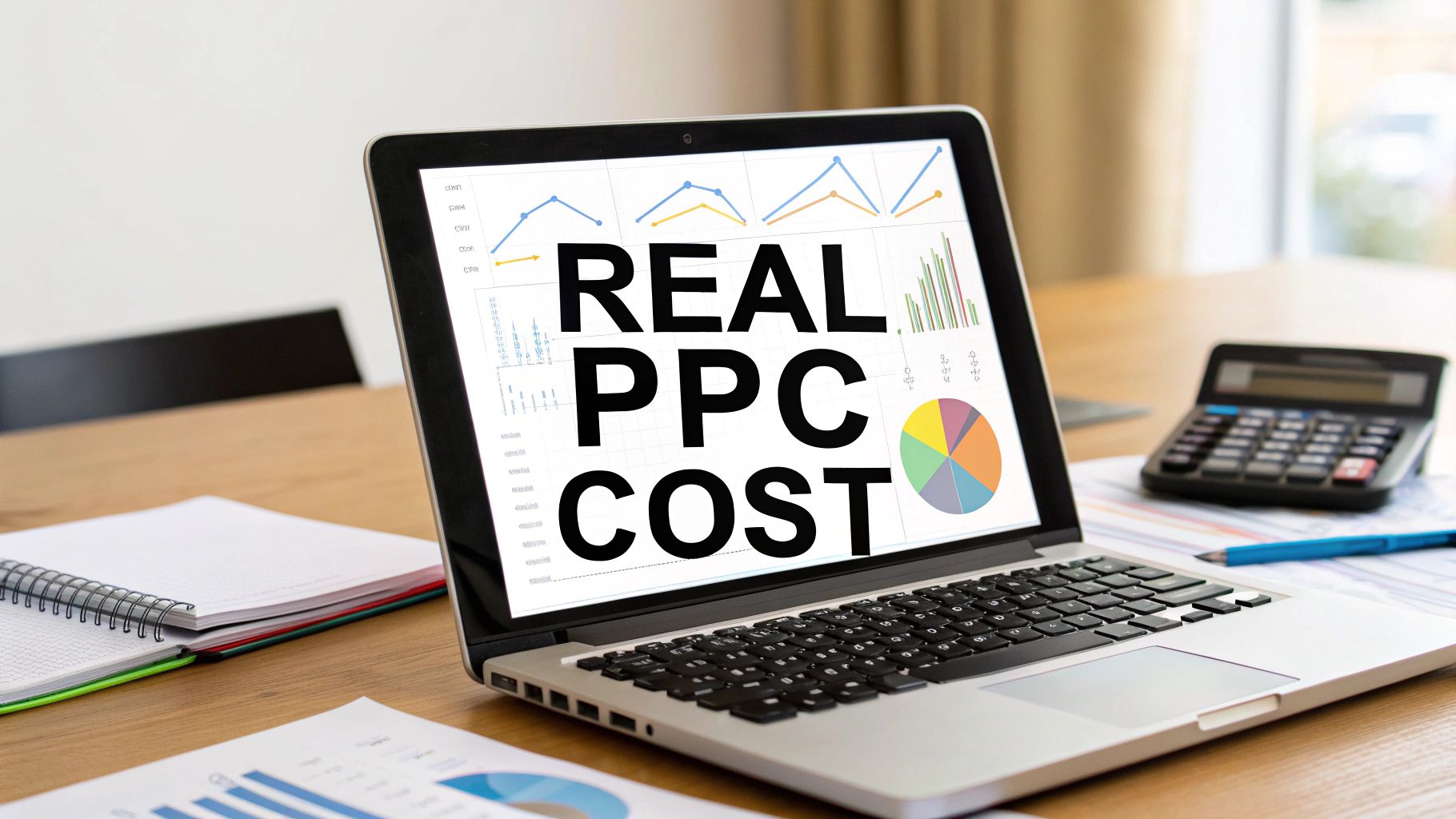
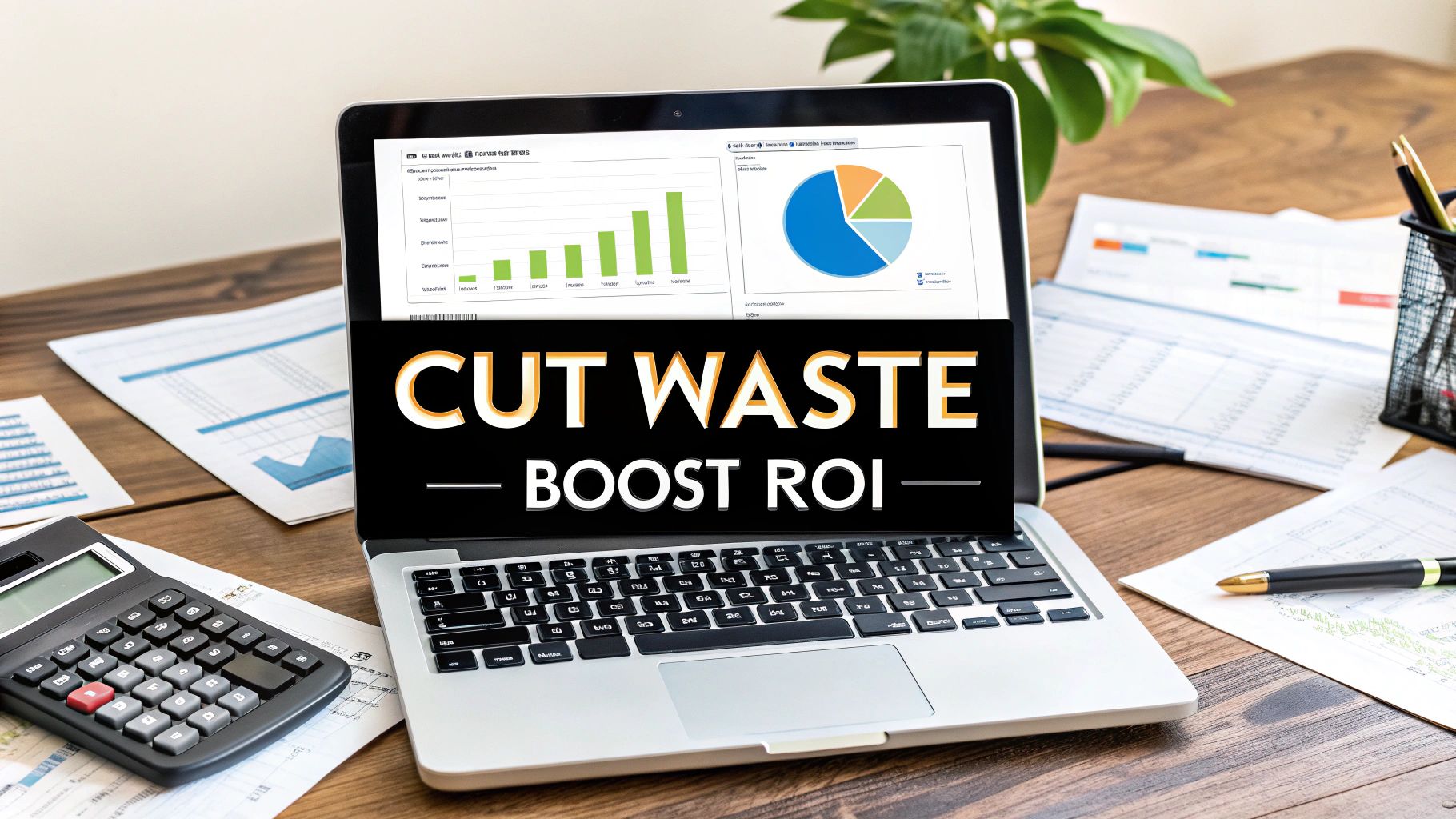
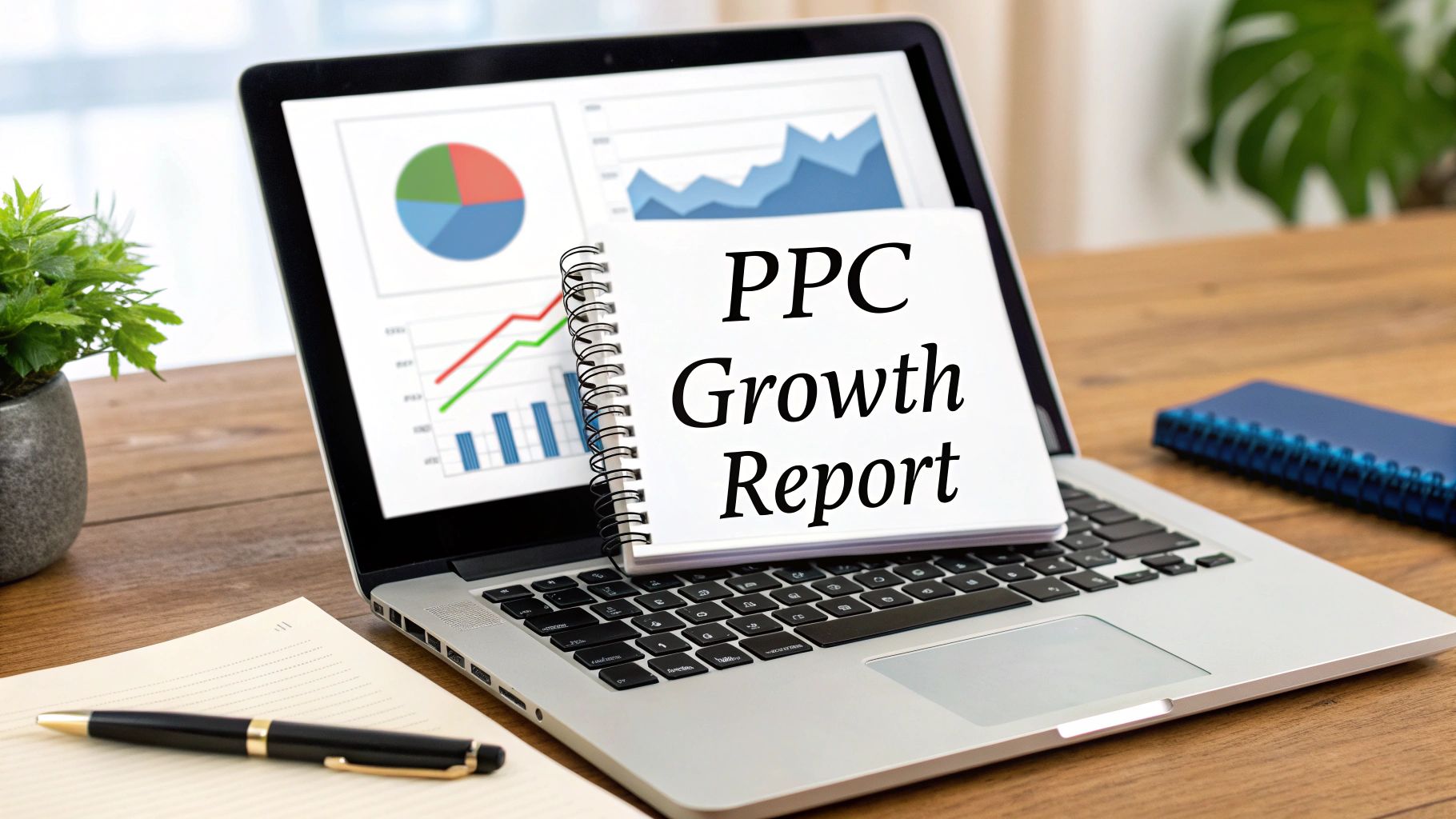
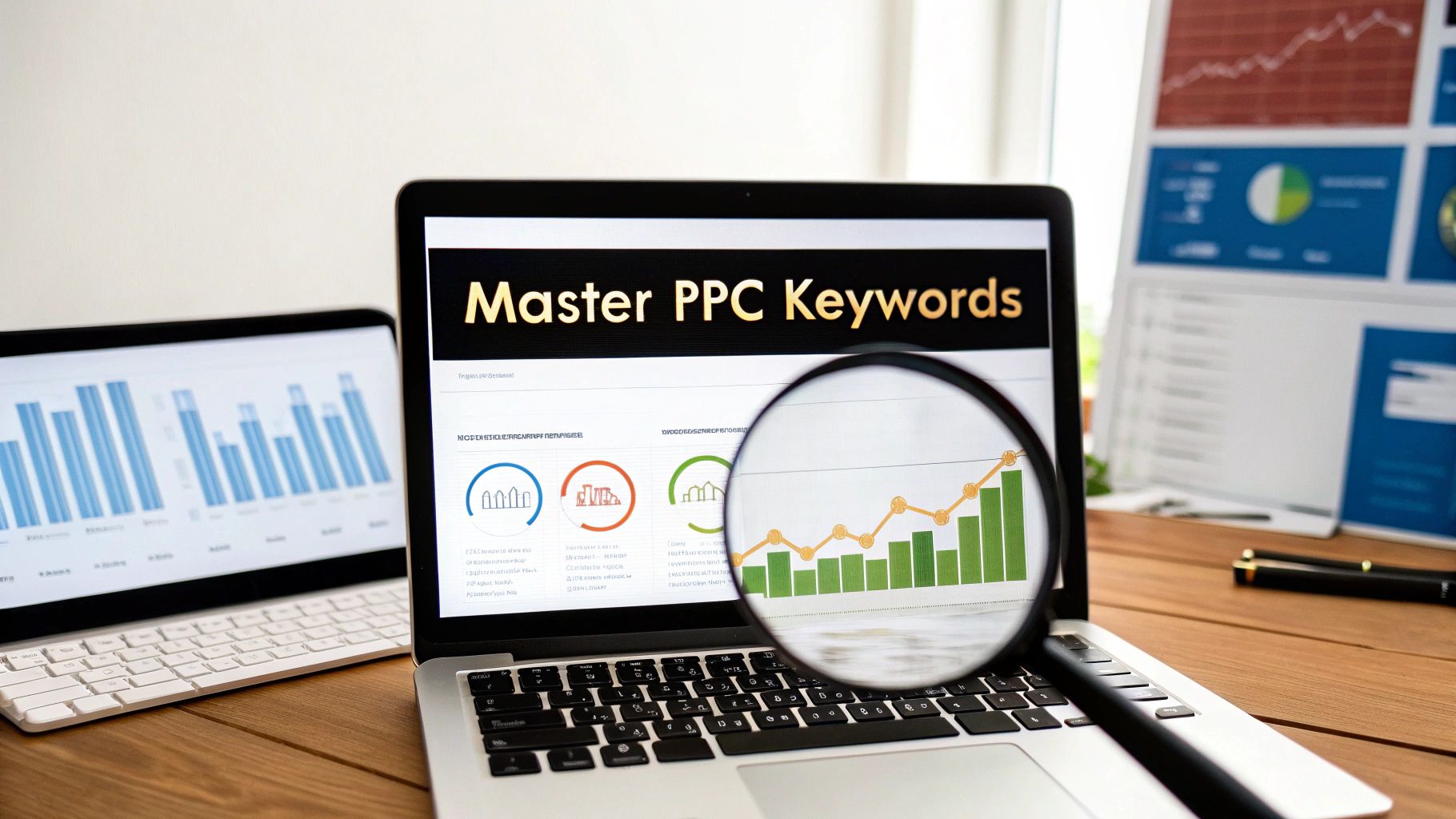
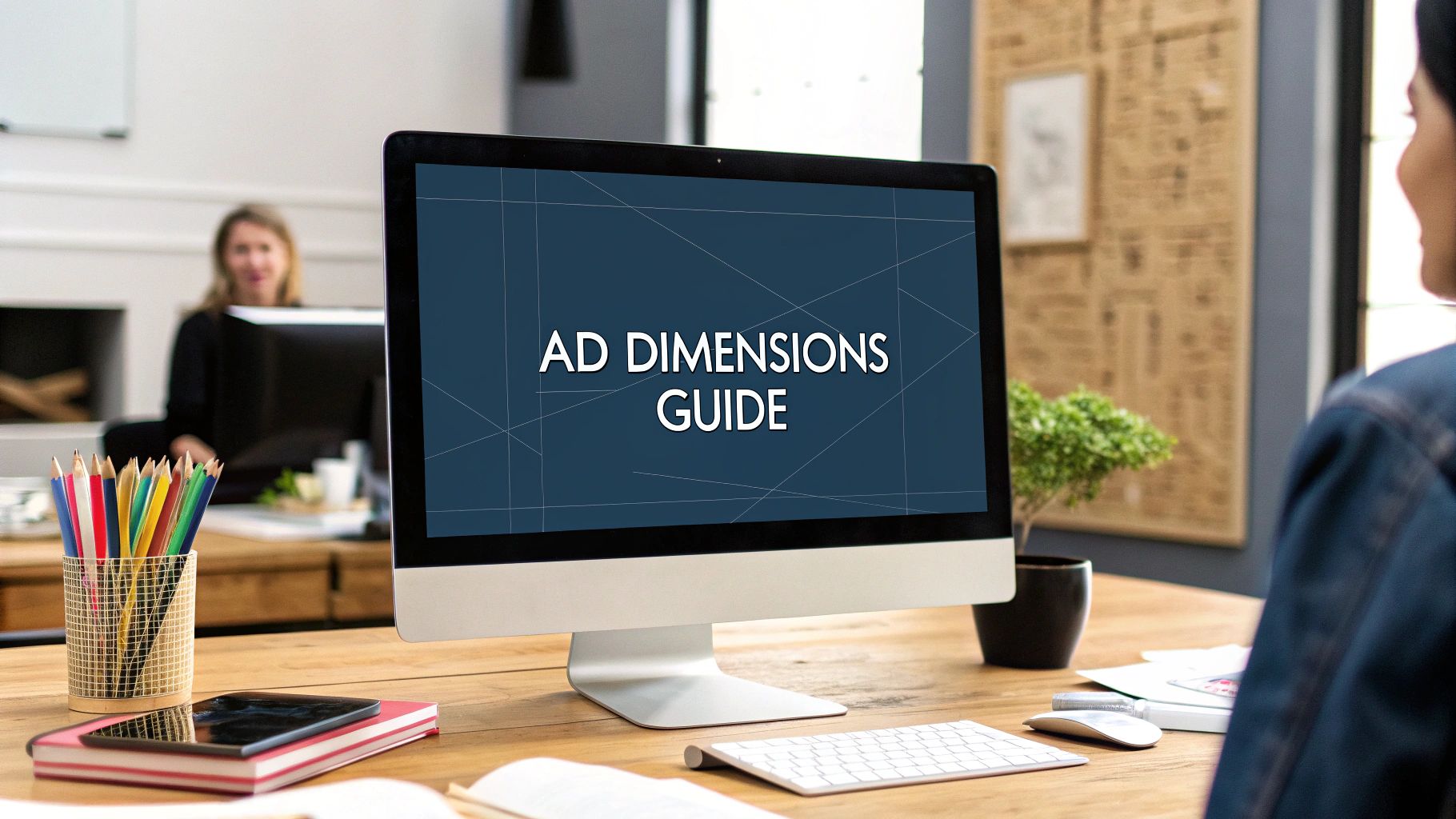
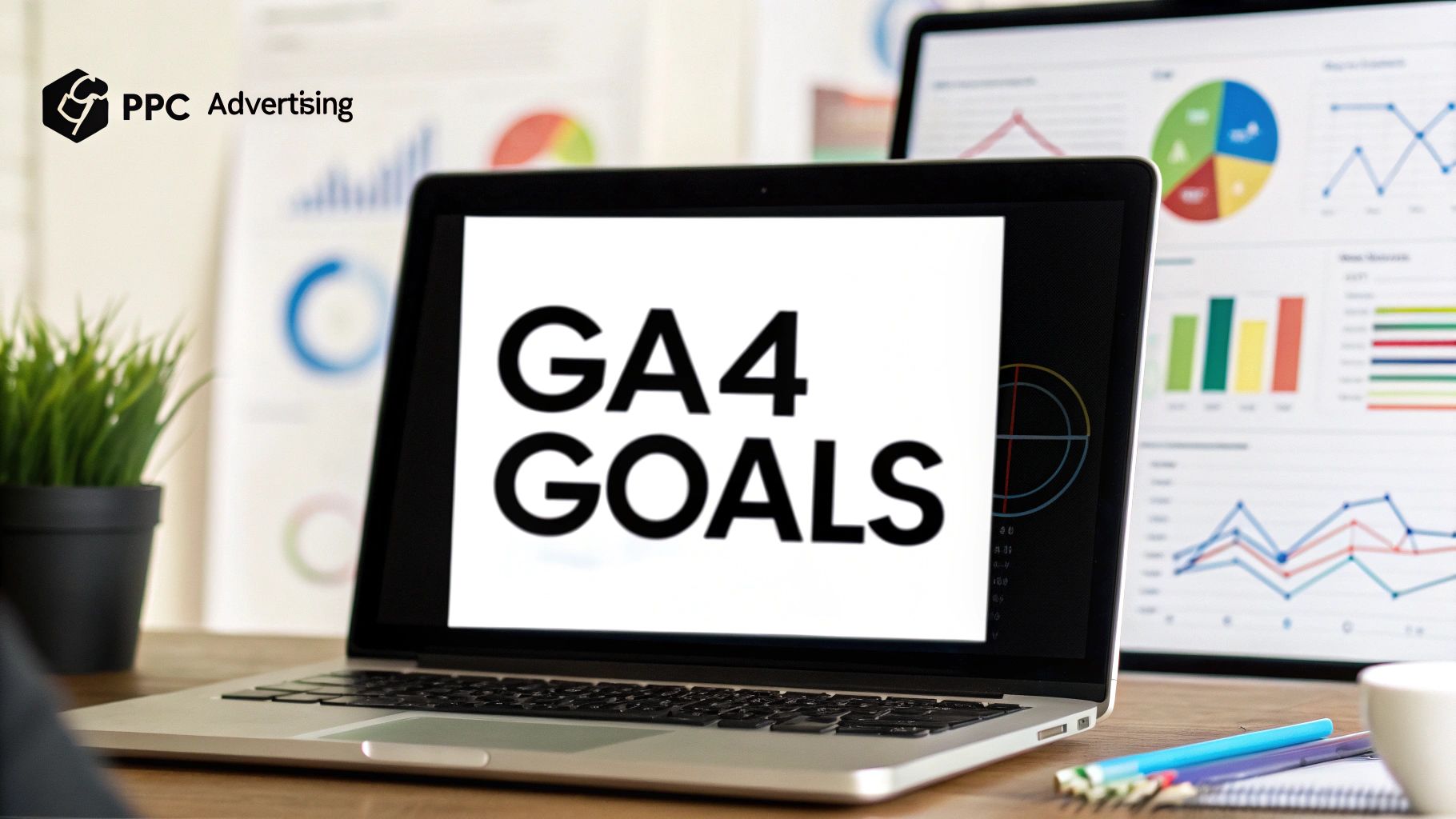
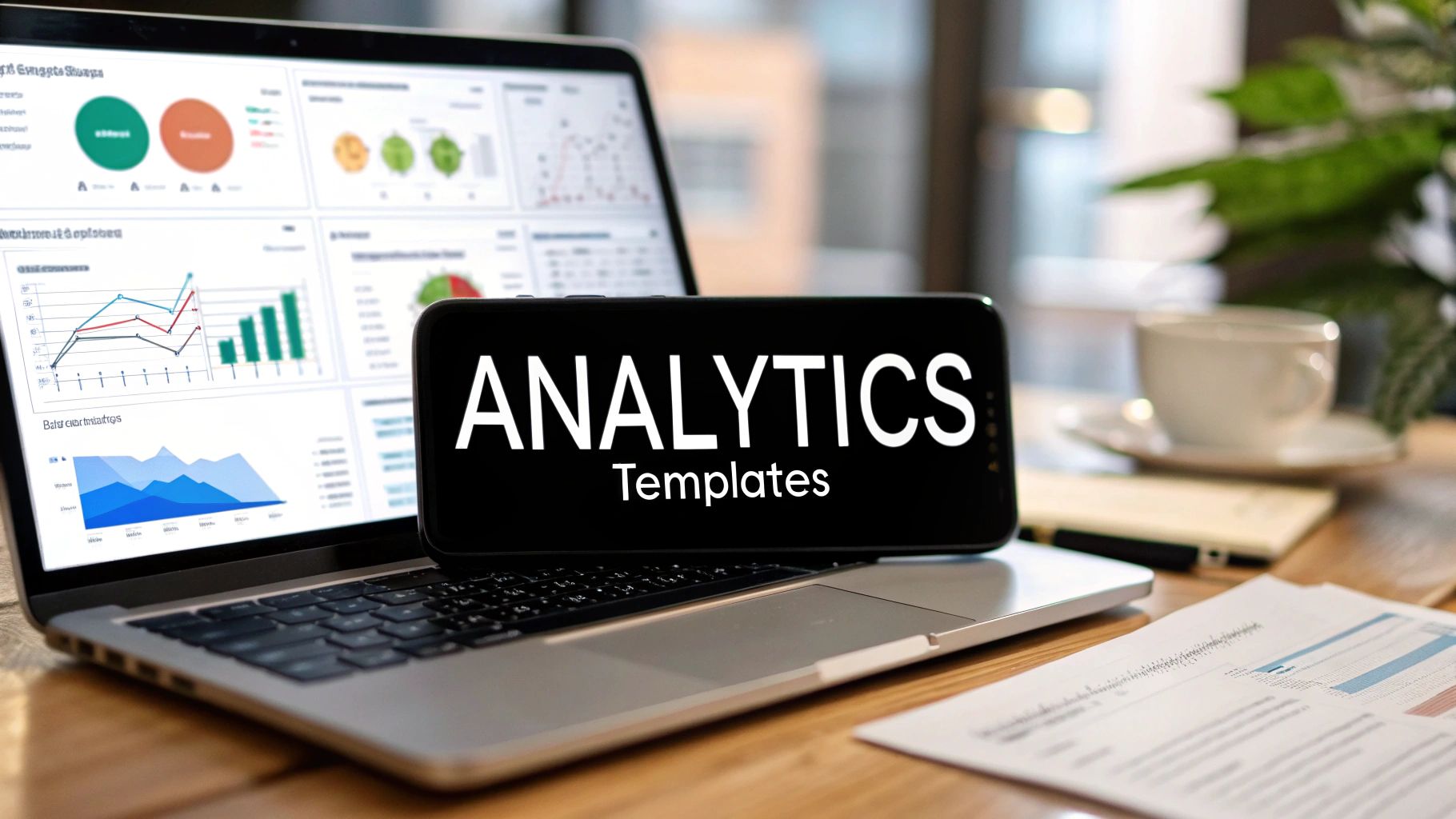
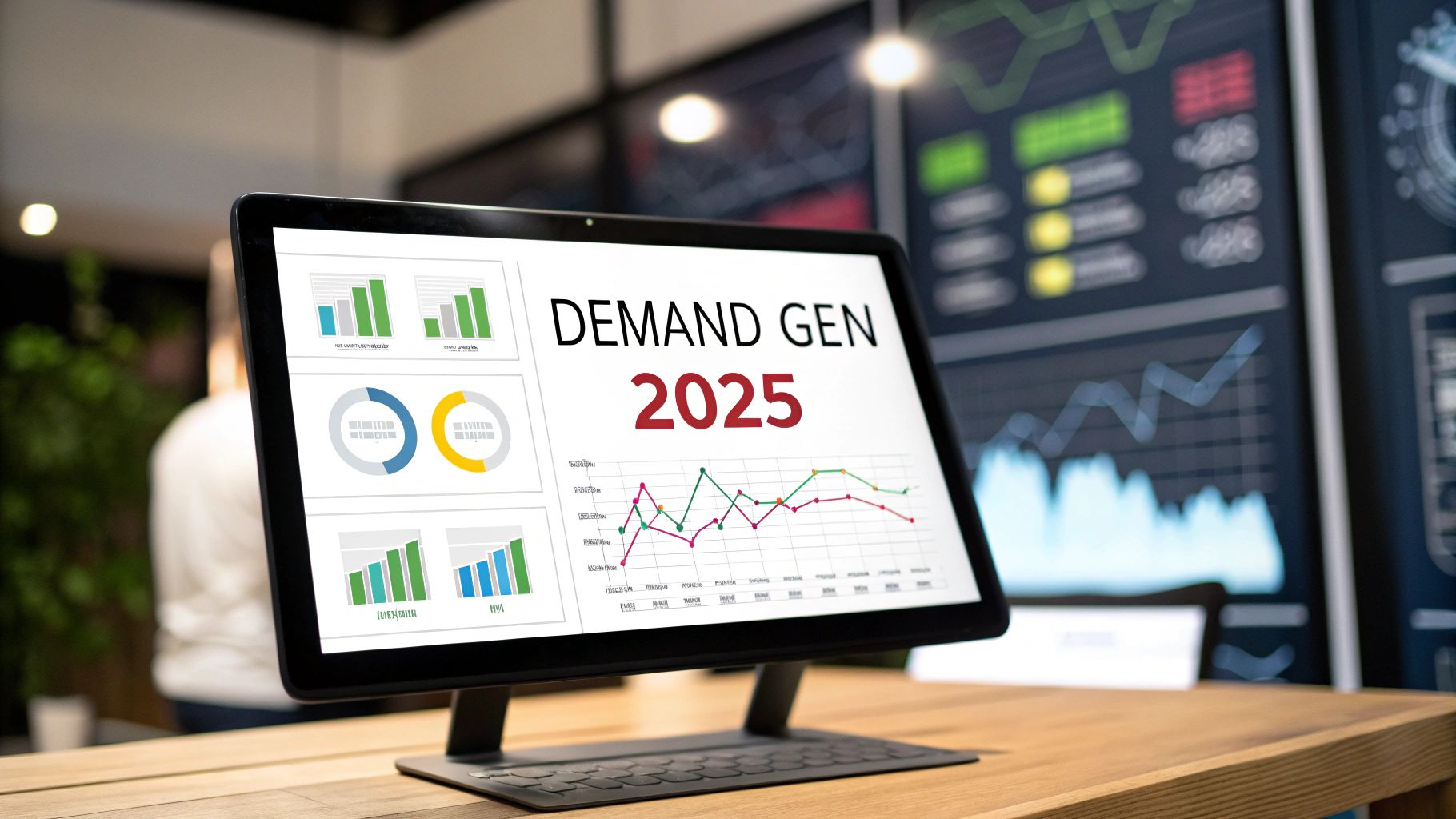
Comments